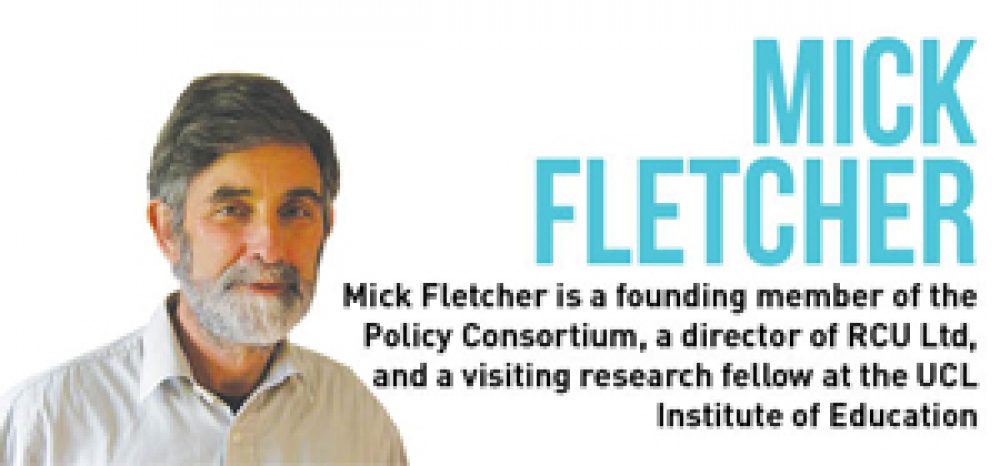The Department for Education would have been hoping its impact assessment of the controversial 17.5 per cent funding rate cut for full-time 18-year-olds put an end to further questioning. But, as Mick Fletcher, explains, it’s done quite the opposite.
Imagine a man embarrassed about his short stature. Instead of saying he is four inches shorter than his friend, he could accurately say that he is only two inches shorter than the average of their heights.
Indeed, if he were six inches shorter than everyone else in the whole land except for his friend, he could still truthfully say that he is only two inches shorter than the average, as long as he reveals in a footnote that he means the average of himself and his friend.
If this sounds convoluted, it is, but that in essence is how the Department for Education has approached the impact assessment for the cut to 18-year-old funding.
Government is clearly embarrassed to have made a cut that discriminates against disadvantaged students.
Those who are still studying in FE at the age of 18 are more likely to be from a disadvantaged background than 16 or 17-year-olds.
They are even more likely to be from such a background than 16 and 17-year-old students in school sixth forms who, in general, come from more affluent households.
To focus cuts on these students in particular risks undermining any gains achieved through policies like the pupil premium and further damaging social mobility.
The impact assessment presents the data in a way calculated to disguise these facts.
The assessment appears to have been written to justify a policy that is clearly flawed
Instead of comparing 18-year-olds with 16 and 17-year-olds it compares them with the average – 16 to 18-year-olds as a whole.
Instead of comparing those affected with the rest of the cohort it only looks at those on the ILR ie it excludes school sixth forms which actually recruit more full time 16 and 17-year-old pupils than FE colleges.
Furthermore, it makes no mention of the potential distortion caused by omitting such a large part of the population in question nor attempts to estimate its direction and scale.
The inescapable fact is that this is a cut that targets poorer students and those who work with them in FE colleges.
The assessment does identify that the impact on FE colleges is more than seven times greater than it is on school sixth forms (the authors show this as a 2.6 percentage point difference whereas it is equally true to say that colleges are hit 750 per cent harder).
In a commentary that is truly breathtaking, however, they argue that it is acceptable to hit colleges harder because schools “have so far seen a significantly larger reduction in funding per student since 2011/12, as part of equalising funding rates across institution types”.
What that means in translation is that after years of foot dragging government has finally abolished the indefensible funding gap between schools and colleges — and since that has meant a cut to school budgets it is now right to target any further cuts on FE. The authors have clearly been clutching at straws.
The Government seems equally embarrassed by the impact on black and minority ethnic (BME) students and uses similar strategies to downplay the impact.
Once more, the large numbers in school sixth forms are left out of the calculation and despite the fact that FE recruits from a more diverse background there is no commentary or attempt to show the potential distortion.
Even the trick of comparing 18-year-olds with 16 to 18-year-olds still shows that the proportion of BME students in the group affected is some 30 per cent higher than 16 to 18-year-olds as a whole (26 per cent as opposed to 20 per cent).
The impact assessment therefore chooses instead to highlight that within FE colleges being both from a BME background and from a disadvantaged postcode is not more prevalent among 18-year-olds than 16 to 18-year-olds.
Reading the impact assessment one is forced to conclude that this is not evidence-based policy-making but policy-based evidence.
The assessment appears to have been written to justify a policy that is clearly flawed. At a superficial level it manages to do that, but it does not hold up to serious scrutiny
Mick Fletcher is an FE Consultant









Your thoughts